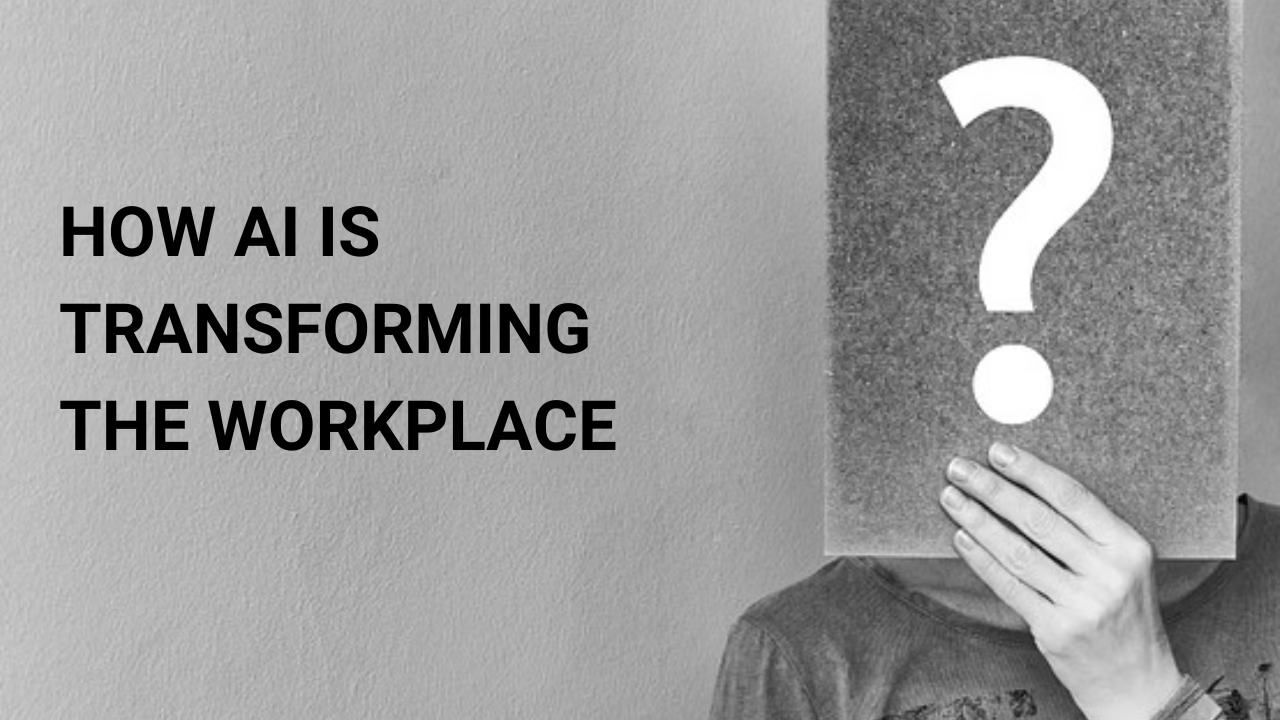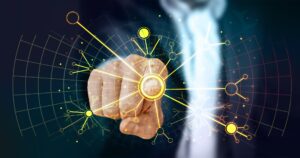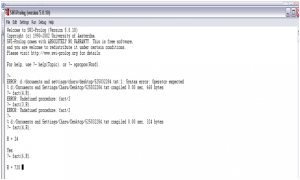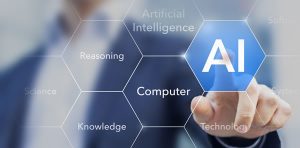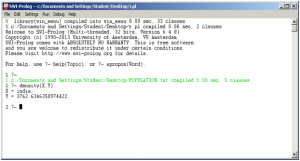Imagine walking into your office one morning to find your job has been taken over by a machine. 😱 Sound far-fetched? Think again. Artificial Intelligence (AI) is rapidly reshaping the landscape of work as we know it, and its impact is far more extensive than many of us realize.
From customer service chatbots to AI-powered data analysis, the integration of AI into our workplaces is no longer a futuristic concept—it’s happening right now. But before you panic about robots stealing your job, consider this: AI might just be the key to unlocking your true potential at work. 🚀 It’s not just about replacing humans; it’s about augmenting our abilities and revolutionizing productivity.
In this article, we’ll explore the fascinating ways How AI is transforming the workplace and the future of work. We’ll delve into how it’s affecting jobs we once thought were safe from automation, examine its potential to enhance our work performance, and discuss both the promises and limitations of this groundbreaking technology. Buckle up as we navigate through the AI-powered workplace of tomorrow!
Table of Contents

Jobs at Risk of AI Automation
AI’s rapid advancement is reshaping the employment landscape, potentially impacting jobs once considered immune to automation. Here’s a look at some unexpected professions facing AI disruption:
Unexpected Professions at Risk
- Creative Industries
- Graphic Design
- Content Writing
- Music Composition
- Healthcare
- Radiology
- Pathology
- Pharmaceutical Research
- Legal Sector
- Legal Research
- Contract Analysis
- Case Prediction
AI’s Impact on Traditional White-Collar Jobs
| Job Category | AI Application | Potential Impact |
|---|---|---|
| Accounting | Automated bookkeeping and tax preparation | High |
| Financial Analysis | AI-driven market predictions and portfolio management | Medium to High |
| Customer Service | Chatbots and virtual assistants | High |
| Middle Management | AI-powered decision-making and resource allocation | Medium |
As AI continues to evolve, it’s crucial for professionals to adapt and develop skills that complement AI capabilities. This may involve focusing on uniquely human attributes such as emotional intelligence, creative problem-solving, and complex decision-making. By embracing AI as a tool for augmentation rather than viewing it solely as a threat, workers can position themselves for success in the AI-driven future of work.
AI may be used to augment and improve work.
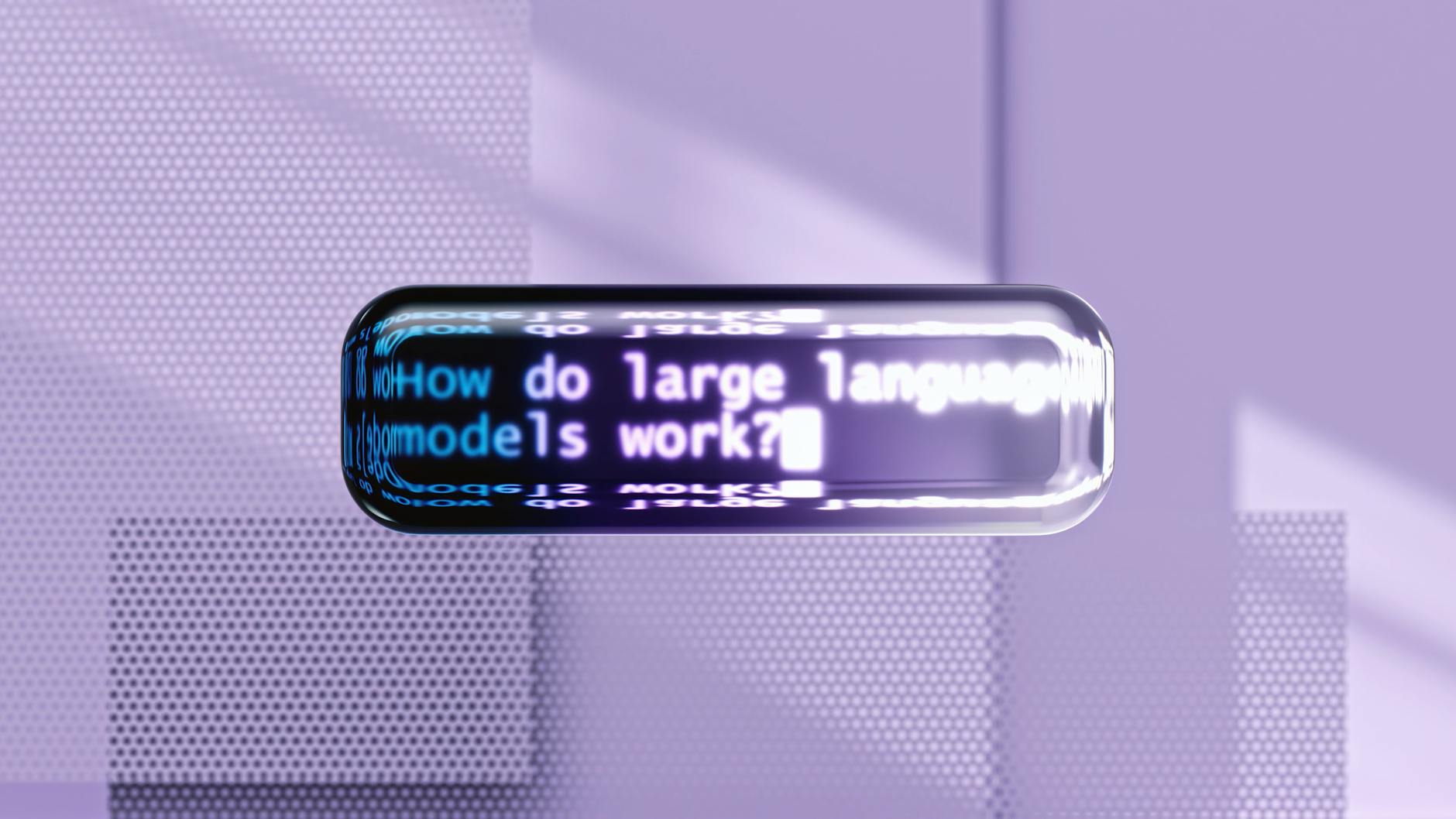
AI as a Collaborative Tool
AI is not just about replacing human workers; it’s increasingly being used to enhance and support human capabilities in the workplace. By leveraging AI as a collaborative tool, organizations can create a synergy between human creativity and machine efficiency.
AI-Powered Assistants
AI-powered assistants are revolutionizing how we work by handling routine tasks and providing valuable insights. Here’s a breakdown of their impact:
| Task Type | AI Assistance | Human Benefit |
|---|---|---|
| Data Analysis | Rapid processing of large datasets | More time for strategic decision-making |
| Scheduling | Automated calendar management | Improved time management and productivity |
| Customer Service | 24/7 chatbots for basic inquiries | Focus on complex customer interactions |
| Content Creation | AI-generated drafts and ideas | Enhanced creativity and faster production |
Skill Enhancement through AI
AI is also playing a crucial role in upskilling and reskilling the workforce:
- Personalized learning paths based on individual strengths and weaknesses
- Real-time feedback on performance and suggestions for improvement
- Simulation of complex scenarios for risk-free training
- Access to vast knowledge bases for instant information retrieval
By augmenting human capabilities with AI, we’re not just improving efficiency; we’re unlocking new possibilities for innovation and problem-solving. As we continue to integrate AI into our work processes, it’s crucial to focus on developing skills that complement AI capabilities, ensuring a future where humans and machines work together seamlessly.
AI may have positive impacts on productivity and democratization of skills.

Productivity Boost through AI Integration
AI’s integration into the workplace is revolutionizing productivity levels across industries. By automating routine tasks, AI frees up valuable time for employees to focus on more complex, creative endeavors. For instance, AI-powered tools can handle data entry, scheduling, and basic customer inquiries, allowing human workers to dedicate their efforts to strategic planning and problem-solving.
Democratization of Skills
One of the most exciting aspects of AI in the workplace is its potential to democratize skills. AI-powered learning platforms and tools are making advanced knowledge and capabilities accessible to a broader range of workers. This democratization is leveling the playing field and creating new opportunities for career advancement.
Here’s how AI is fostering skill democratization:
- Personalized learning experiences
- On-demand access to expert knowledge
- Real-time translation and language assistance
- Automated skill assessment and recommendation systems
AI’s Impact on Workplace Efficiency
| Area | Traditional Approach | AI-Enhanced Approach |
|---|---|---|
| Task Management | Manual prioritization | AI-driven intelligent task allocation |
| Decision Making | Based on limited data | Data-driven insights for informed choices |
| Skill Development | Generic training programs | Personalized learning paths |
| Collaboration | Limited by physical presence | AI-facilitated remote teamwork |
By leveraging AI’s capabilities, organizations can create more efficient, inclusive, and productive work environments. As AI continues to evolve, we can expect even more innovative applications that will further reshape the future of work. Now, let’s explore some of the current limitations of AI in the workplace.
AI still has significant limitations.

AI’s Current Limitations in the Workplace
Technical Constraints
AI, while powerful, still faces significant technical hurdles. These limitations include:
- Data dependency
- Lack of contextual understanding
- Difficulty with abstract reasoning
Ethical and Social Challenges
Beyond technical issues, AI encounters ethical and social obstacles:
- Bias in decision-making
- Privacy concerns
- Transparency issues
- Accountability questions
| Challenge | Description | Potential Solution |
|---|---|---|
| Bias | AI systems can perpetuate existing biases | Diverse training data and algorithmic audits |
| Privacy | AI may compromise personal data | Robust data protection policies and encryption |
| Transparency | “Black box” nature of some AI systems | Explainable AI (XAI) techniques |
Human-AI Collaboration Hurdles
Despite advances, seamless human-AI collaboration remains challenging:
- Miscommunication between humans and AI systems
- Overreliance on AI leading to skill atrophy
- Resistance to AI adoption in traditional workplaces
These limitations highlight the need for continued research and development in AI technologies for the workplace. As we move forward, it’s crucial to address these challenges to fully harness AI’s potential while mitigating its risks. Next, we’ll explore the importance of ongoing research in this rapidly evolving field.
And finally, more research is needed.
The Need for Further Research
As we delve deeper into the AI revolution in the workplace, it becomes increasingly clear that more research is needed to fully understand its long-term implications. While we have explored various aspects of AI’s impact on work, several critical areas require further investigation:
Areas Requiring Additional Research
- Long-term employment trends
- Ethical considerations
- Skill adaptation and education
- AI-human collaboration models
- Economic impacts
Priority Research Topics
| Topic | Importance | Potential Impact |
|---|---|---|
| Job displacement patterns | High | Inform policy decisions |
| AI bias in hiring processes | High | Ensure fair employment practices |
| Reskilling strategies | Medium | Guide workforce adaptation |
| AI-augmented productivity metrics | Medium | Optimize workplace efficiency |
| Psychological effects of AI integration | Low | Improve worker well-being |
Continued research in these areas is crucial for developing informed strategies to navigate the AI-driven future of work. By addressing these knowledge gaps, we can better prepare for the challenges and opportunities that lie ahead. As we move forward, it’s essential to remember that the landscape of AI in the workplace is constantly evolving, making ongoing research and analysis more important than ever.
Related Topics:

AI in Education and Training
AI is revolutionizing education and training, preparing workers for the AI-driven future. Adaptive learning platforms use AI to personalize curricula, while virtual reality simulations provide hands-on experience in various fields.
| AI Application | Benefits |
|---|---|
| Adaptive Learning | Personalized curricula, real-time feedback |
| VR Simulations | Hands-on experience, risk-free training |
| AI-powered Tutors | 24/7 availability, individualized support |
Ethical Considerations of AI in the Workplace
As AI becomes more prevalent, ethical concerns arise:
- Privacy: AI systems often collect and analyze vast amounts of employee data
- Bias: AI algorithms may perpetuate existing biases in hiring and promotion
- Job displacement: The need for proactive measures to support affected workers
AI and Remote Work
AI is facilitating the shift towards remote work by:
- Enhancing communication tools with real-time translation and transcription
- Improving project management with predictive analytics
- Enabling virtual collaboration through AI-powered platforms
These advancements are reshaping traditional office dynamics and opening up new possibilities for global talent acquisition.
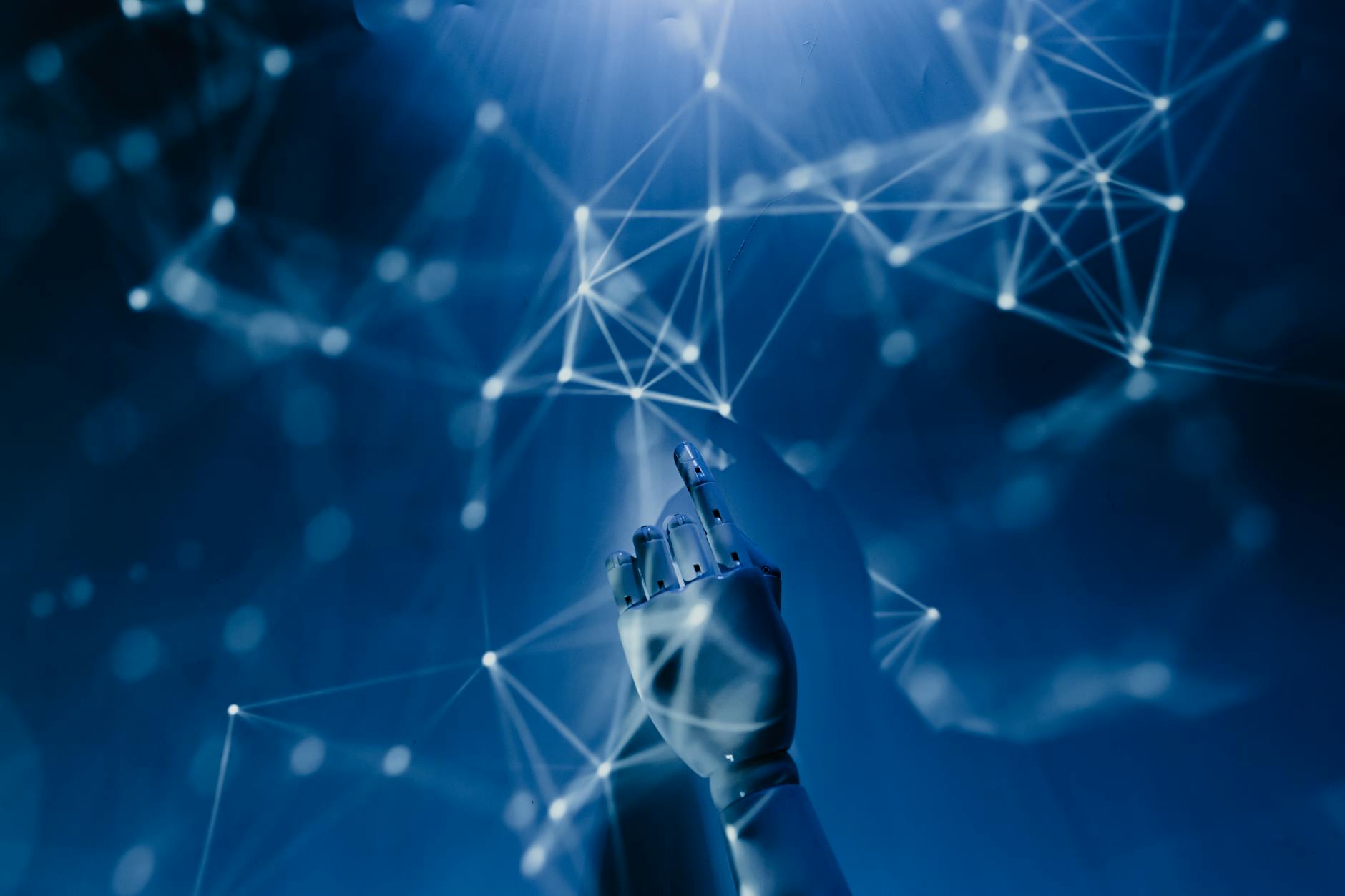
The rapid advancement of AI technology is undeniably transforming the workplace, challenging our preconceptions about job security and redefining the nature of work itself. While AI has the potential to automate tasks previously thought to be uniquely human, it also presents opportunities to enhance our capabilities and boost productivity. As AI continues to evolve, it may democratize access to skills and knowledge, leveling the playing field for workers across various industries.
However, it’s crucial to acknowledge that AI is not without its limitations. As we navigate this new landscape, continued research and development are essential to fully understand and harness the potential of AI in the workplace. By staying informed and adaptable, we can work alongside AI to create a future where technology complements human skills, leading to more innovative, efficient, and fulfilling work environments.
Some Frequently Asked Questions
How is AI being used to enhance productivity in the workplace?
AI is being used to:
– Automate repetitive tasks like data entry and report generation.
– Provide real-time insights through data analytics.
– Assist with scheduling and time management using AI-powered tools.
– Optimize workflows and resource allocation.
Can AI improve decision-making in businesses?
Yes, AI can analyze vast amounts of data and provide actionable insights, helping leaders make informed decisions. Predictive analytics, trend analysis, and scenario simulations are common applications in this area.
How does AI affect employee roles and responsibilities?
AI can take over repetitive tasks, allowing employees to focus on strategic, creative, or interpersonal activities. It often shifts job roles towards more problem-solving and decision-making responsibilities.
Will AI completely replace humans in the workplace?
No, AI is more likely to augment human capabilities than completely replace them. While it can handle repetitive and data-driven tasks, humans excel in creativity, strategic thinking, and emotional intelligence, which are difficult to replicate with AI.
How can employees prepare for an AI-transformed workplace?
– Embrace lifelong learning and upskilling in AI and related technologies.
– Develop skills that complement AI, such as problem-solving and critical thinking.
– Stay informed about industry trends and innovations.

